#canaanite goddess
Text

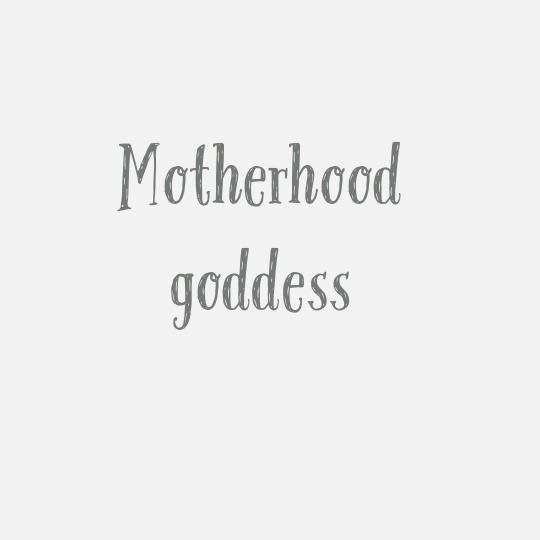
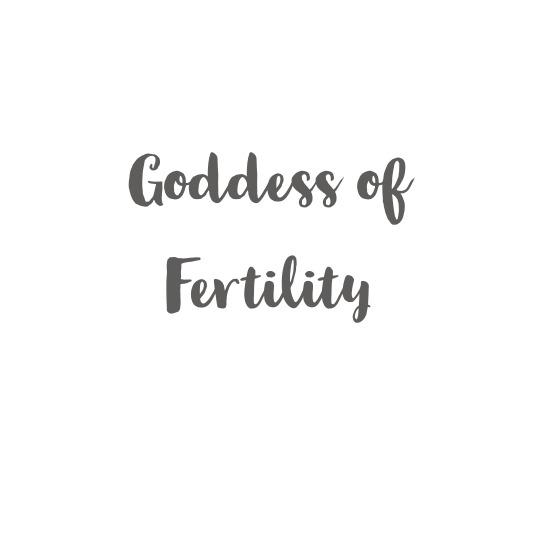

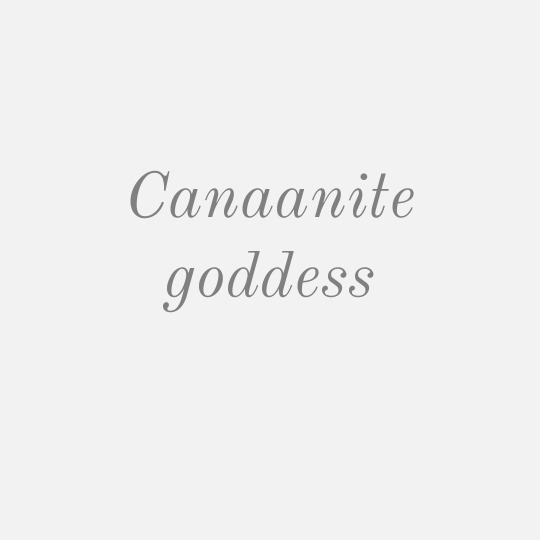
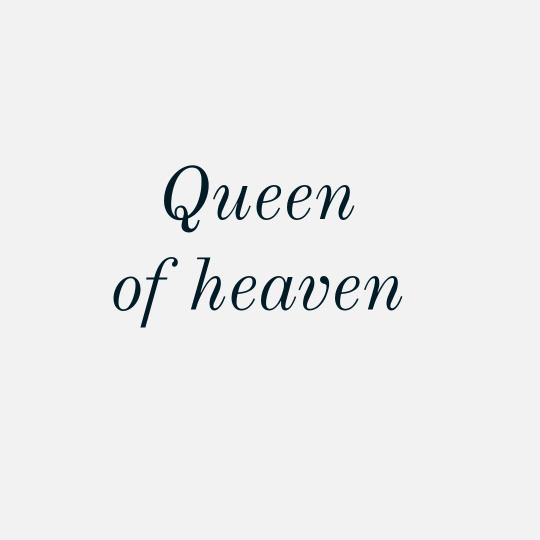
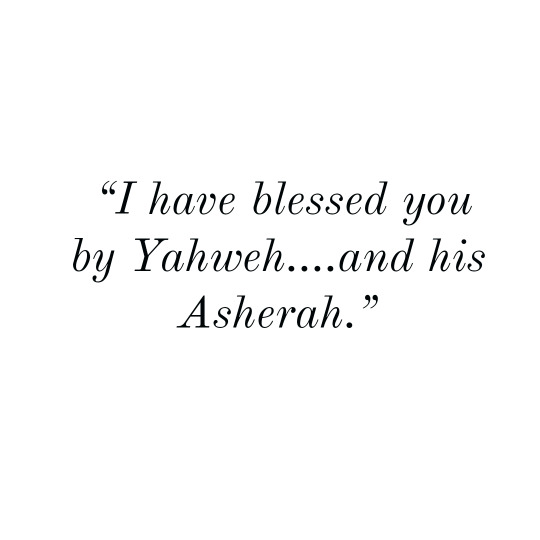
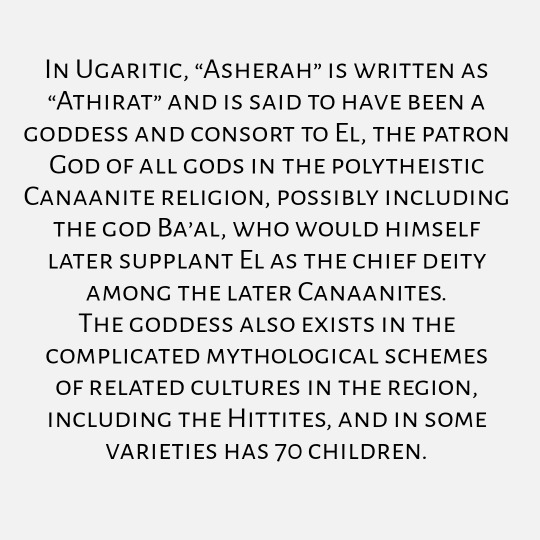


#history#goddess asherah#asherah goddess#earth goddess#canaanite goddess#gods and goddesses#goddess#Goddess Asherah of the sea#Athirat#canaanite mythology#Mythology#Asherah#asherah#Motherhood goddess#goddess of fertility#Moon goddess#Ocean goddess#Wife of god#My favorite#My edit
64 notes
·
View notes
Text
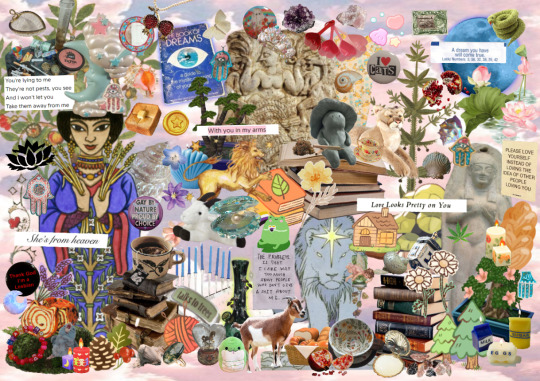
Picture offering for Lady Asherah!! May she continue to shine over our doorways with joy, love and protection
2 notes
·
View notes
Text


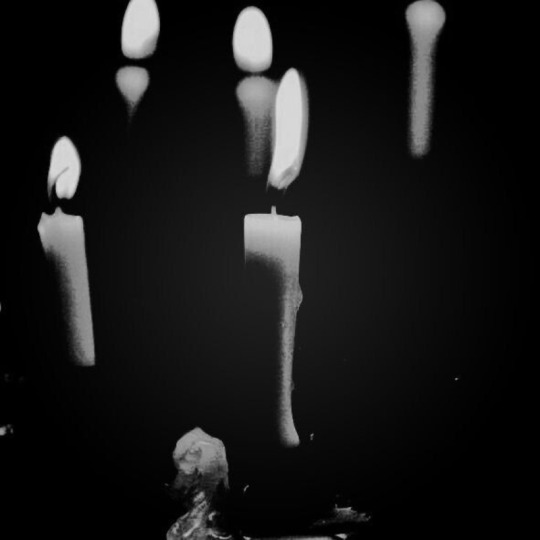
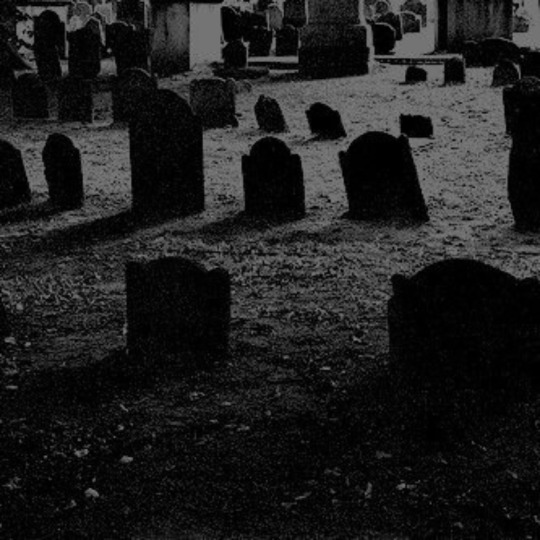

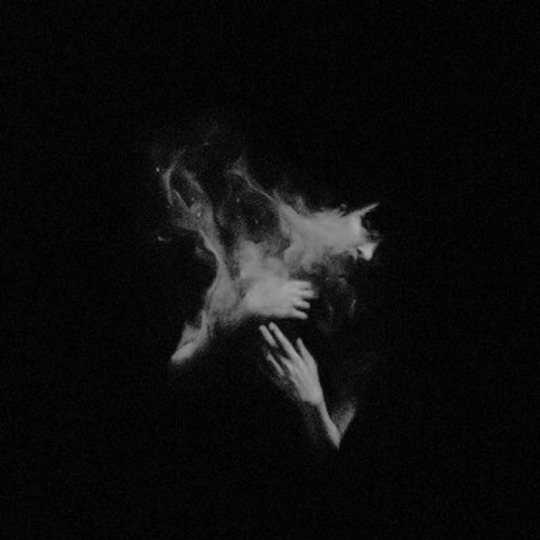



cannanite mythology: resheph
resheph is the god of the plague and of the underworld, the companion of anath. he was also a war god and was thus represented as a bearded man brandishing an ax, holding a shield, and wearing a tall, pointed headdress with a goat’s or gazelle’s head on his forehead.
#canaanite mythology#resheph#also egyptian myth#canaanite myth#mythologyedit#canaanitemythologyedit#mythedit#*mine*#gods and goddesses
150 notes
·
View notes
Text

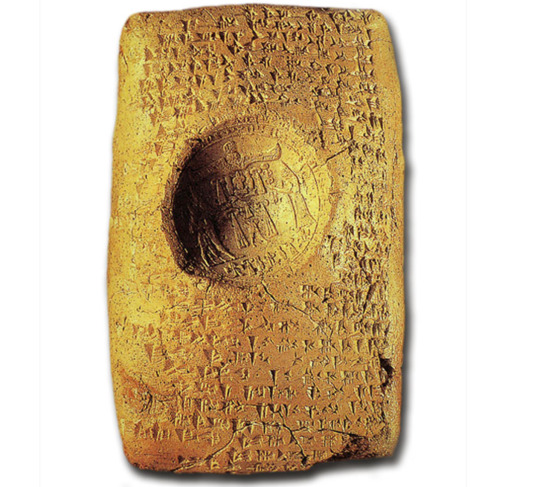
Divorce-Writ of King Ammistamru II
Ugarit, Syria
c. 1250 BCE
A tablet documenting the divorce of King Ammistamru II of Ugarit fromhattusa the daughter of the Amorite king Benteshina, sealed by the Hittite King Ammistamru. The king stands to the right, holding a spear, next to the "Weather God" who holds a club. They are both facing a long-robed female goddess (Arima, the chief Hittite sun-goddess) who stands at the left.
Source: Virtual Museum of Syria
#ugarit#hittite#baal#hadad#ugaritic costume#arima#sun goddess#huttusa#hittite gods#canaan#canaanite gods#phoenicia#phoenician gods#aram#aramean gods#syria#syrian gods#levantine gods#mesopotamia#mesopotamian gods#pagan gods#polytheism#archeology#magic#witchcraft#witchblr#paganblr#occult
270 notes
·
View notes
Text
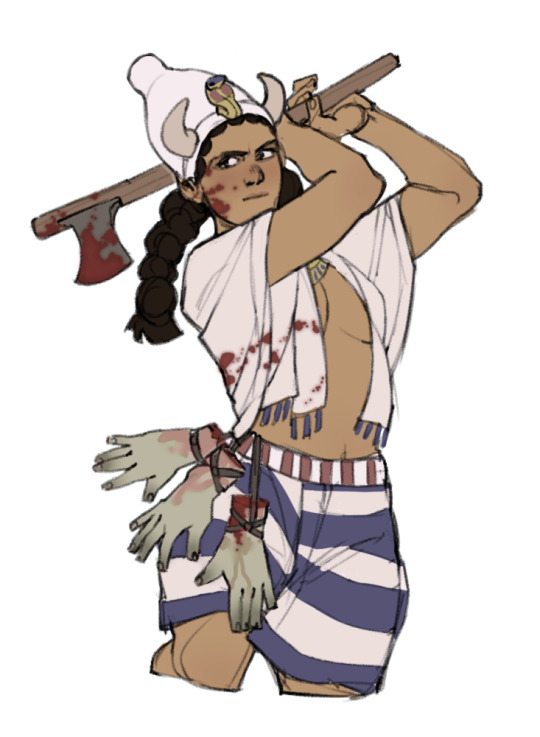
She seized divine Mot,
With a sword she split him,
With a sieve she winnowed him,
With fire she burnt him,
With mill-stones she ground him,
In a field she scattered him;
His flesh indeed the birds ate,
His limbs indeed the sparrows consumed.
Flesh cried out to flesh!
#anat is a non-binary icon#'anat‚ the victorious goddess‚ the woman who acts like a warrior‚ who wears a skirt like men and a sash like women'#ugaritic mythology#canaanite mythology#ancient egyptian mythology#ba'al cycle#levantine mythology#speaking of mythological figures‚ i... er... i seem to like them violent‚ huh#tw blood#tw light gore#art tag
109 notes
·
View notes
Text
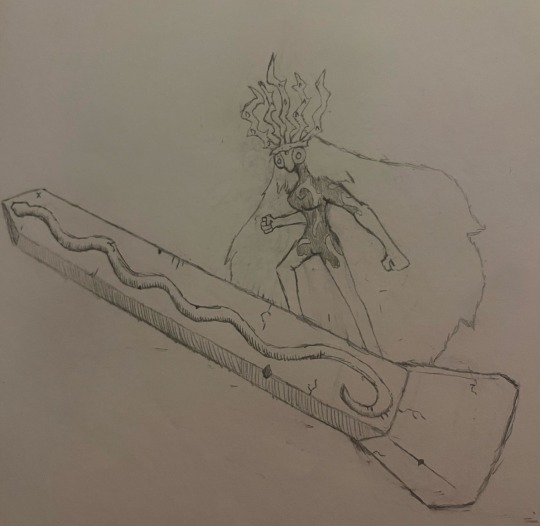
Asherah, the original mother goddess of the early Semitic mythos. She was the wife of the supreme god El. Asherah birthed the Canaanite pantheon, from Baal and Astarte to Yam and Mot, all of them were born from her union with El. Asherah’s origins are unknown, however it’s believed that she was the feminine aspect of El. In one of the few surviving myths, Asherah is shown as Yam’s biggest supporter for the throne of the chief god. Her epithet of ‘Asherah of the sea’ illustrates just how important their relationship was. Despite her support, Yam ultimately loses to Baal for the throne. Asherah in modern abrahamic faiths was reduced to a false idol, with her ‘poles’ being targeted and destroyed.
Asherah is the earliest depiction of the Mother Goddess trope, with her role in Canaan being so influential it affected the religious landscape. The Mother Goddesses became a ubiquitous feature among polytheistic religions, to the point where the absence of one is something to note. Though her name was demonized in modern times, her essence still lives on in her descendants faiths. As Eve from the garden of Eden is proposed to be derived of Asherah. As El was the predecessor of the Abrahamic God, Asherah’s relationship to the omnipotent deity has become a focal point for her. Her legacy may even live on in the feminine aspect of modern god: Shekinah, and the gnostic Aeon: Sophia.
#art#character design#mythology#asherah#athirat#semitic#canaan#canaanite mythology#semitic mythology#judaism#christianity#mother goddess#goddess#tree god#false idols#fertility god#gnosticism#abrahamic religions#abrahamic mythology#deity
17 notes
·
View notes
Text
years ago i wrote down a bunch of speculative stuff about how the summons of golden sun fit into the setting, given that iris is like. actually recognized within the text of the game as being a thing (or at least is heavily implied as such). cannot remember most of it but i DO remember writing that in some places frogs are considered messengers of cybelle and will narc on you to her if you commit secret crimes in front of them, thus engendering her wrath
i think i also had something about tiamat/vesta being considered a creation figure for proxians, given how closely tied they are to dragons. something about her representing both fire's nourishing warmth and destructive capabilities i don't really remember
#heavily implied being she MIGHT be the goddess of rainbows mentioned in mercury lighthouse#frogs would also be thought to repeat whatever gossip they hear back to anyone that walks by#so it's also considered a bad idea to talk about secret things in front of them#golden sun#i think i stalled out when i got to moloch bc it's so so different from its historical depictions like#how do you get 'sacred ice monster' from 'canaanite god connected to fire and child sacrifice'
2 notes
·
View notes
Note
Asherah
pretty!! ty
3 notes
·
View notes
Text
Yahweh and Asherah in the Hebrew Bible
Yahweh and Asherah in the Hebrew Bible
The Death of Jezebel, by Gustave Doré, 1866. From wikipedia.org
The Hebrew Bible uniformly recognizes the unique deity of the Lord, the God of Israel who identifies himself to Moses as “I AM” transliterated as Yahweh. Only he is the God of the heavens and the earth, the creator of all things, the sole Lord of the heavenly hosts who sits on his throne ruling over the divine council. In contrast…
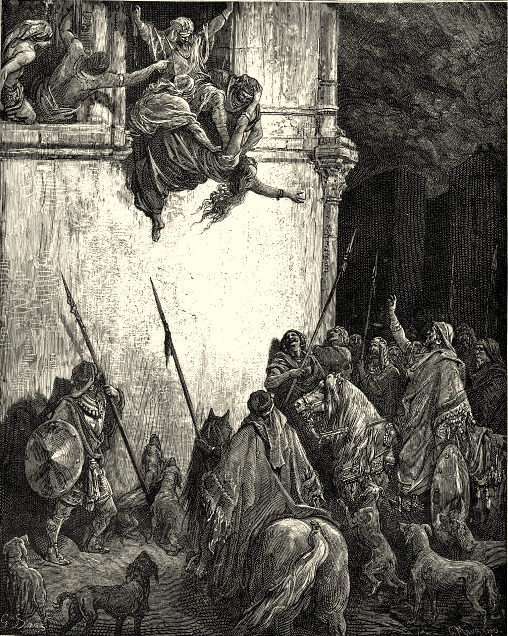
View On WordPress
#academic#ANE#Asherim#Asheroth#Athirat#Baal#Canaanite religion#Comparative religion#fertility#goddess#paganism#Patrick Quinn#scholarly#Take Note Of This#TNOT#Ugarit#YHWH
13 notes
·
View notes
Text
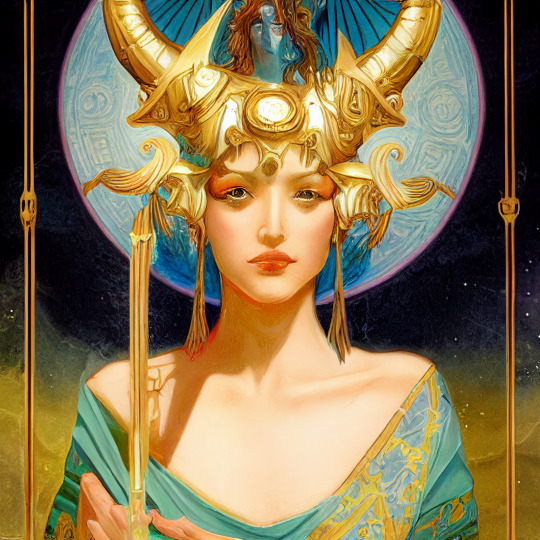
Astarte. Canaanite goddess.
This is AI generated by Midjourney.
19 notes
·
View notes
Text
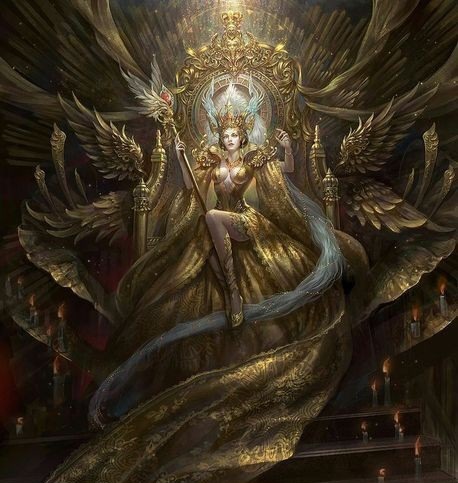
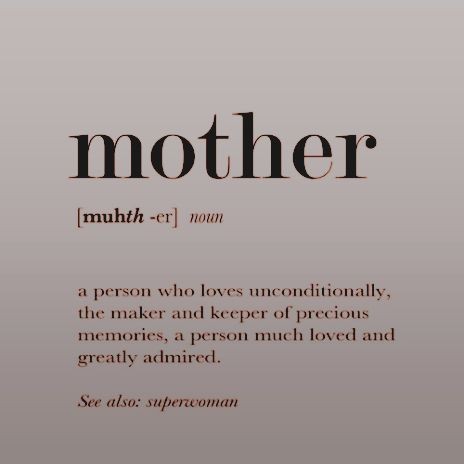

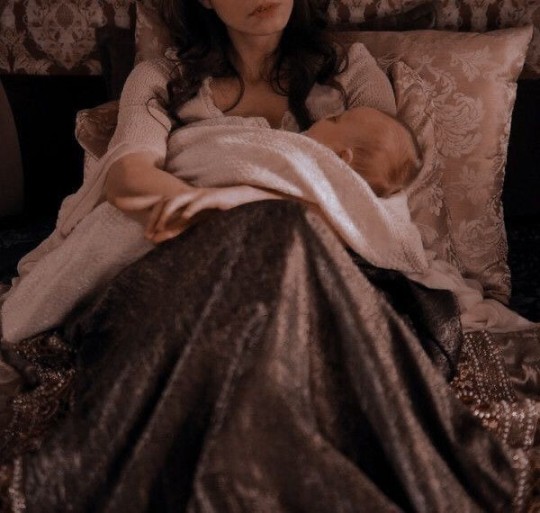


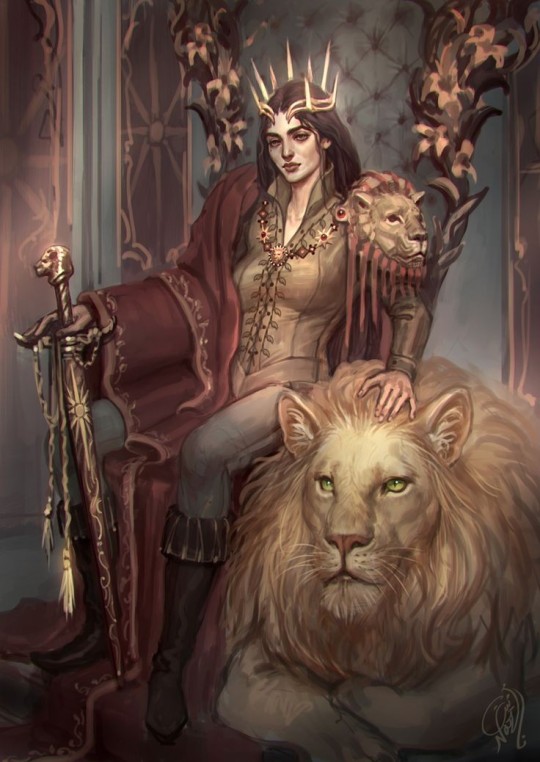



The book of Jeremiah, written around 628 BC, refers to Asherah when it mentions the "Queen of Heaven" in chapters 7:18 "the children gathered the wood, and the parents kindled the fire, and the women prepared the dough, to make cakes to the Queen of Heaven, and offer libations to other gods, to provoke me to anger" and 44:22 "So that the LORD could no longer bear the evil of your deeds/, the abominations that you committed Therefore your land became a wilderness, a terror and a curse, without inhabitants, as it is today." (could also be about Astarte or Ishtar)
The mother of the 70 or 77 gods (also 80 or more), possibly the Shekinah, creator of the gods and represented royalty
#history#Asherah#goddess asherah#asherah#Asherah goddess#Athirat#Ashtart#goddess mother#Mother#Goddess of nature#Nature#canaanite mythology#phoenician goddess#Phoenician mythology#my favorite#mythology#Canaanite goddess
35 notes
·
View notes
Text
Primordial Life Force
Goddesses Ashtoreth and Tiamat embody the primordial life force of the dragon.
Happy year of the Dragon.
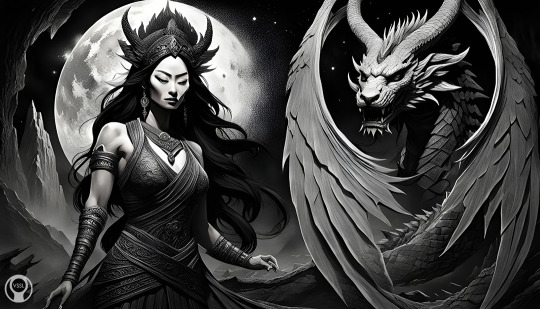
#year of the dragon#Ashtoreth#Tiamat#lny#lunar new year#cny#Akkadian#Sumerian#Canaanite#Mesopotamia#ancient dragons#Goddesses#channeled art#iconography#paganism#dragons#primordial#magick#esoteric#witchcraft
1 note
·
View note
Text
You might have recently heard about or seen the video of Israel blowing up a university in Gaza. It's also been reported that before Israel blew it up, it stole thousands of rare artifacts from the university's museum. Israel also reportedly stole a statue of the Canaanite goddess Anat from the Pasha's Palace Museum in Gaza after it destroyed it. This is not the first time and will not be the last. Israel's destruction of Palestinian heritage and history is well-documented and part of a systematic process to erase Palestinian connection to the land.
12K notes
·
View notes
Text


So-called "Ivory of Shapash" (North-Semitic Sun Goddess)
Origin: Syro-Phoenician, ca. 8th century BCE
Found in palace of Ashurnasirpal II
Nimrud, Iraq (Assyria)
(Met Museum 59.107.7, Pub Domain, Enhanced)
Built by the Assyrian king Ashurnasirpal II, the palaces and storerooms of Nimrud housed thousands of pieces of carved ivory. Most of the ivories served as furniture inlays or small precious objects such as boxes. While some of them were carved in the same style as the large Assyrian reliefs lining the walls of the Northwest Palace, the majority of the ivories display images and styles related to the arts of North Syria and the Phoenician city-states. Phoenician style ivories are distinguished by their use of imagery related to Egyptian art, such as sphinxes and figures wearing pharaonic crowns, and the use of elaborate carving techniques such as openwork and colored glass inlay. North Syrian style ivories tend to depict stockier figures in more dynamic compositions, carved as solid plaques with fewer added decorative elements. However, some pieces do not fit easily into any of these three styles.
Source: The Met Museum
#shapash#shamash#goddess#sun goddess#winged sun#lion#costume#phoenician costume#syrian costume#egypt#egyptian gods#canaan#canaanite gods#phoenicia#phoenician gods#aram#aramean gods#syria#syrian gods#levantine gods#mesopotamia#mesopotamian gods#pagan gods#polytheism#archeology#magic#witchcraft#witchblr#paganblr#occult
92 notes
·
View notes
Text

Anat the Canaanite goddess of sexual love, war, and hunting. Progenitress of heroes, lady of Palestine.
Info on each sketch below:
Top right: Anat is shown here in a man's war kilt and her hair pulled up, a nod to the Anat statue head found in Gaza. This is after Baal Hadad's 'death', with her cheeks gouged by grief and face painted to resemble a man's beard. This beard imitation combined with her topless clothing and the horned headdress she wears is to evoke a sense of Baal having risen from the dead to claim revenge.
Bottom Right: An exploration of her musculature, with a focus on the markings on her hips and stomach. Drawn from female Canaanite fertility idols that show similar markings with a lot of emphasis on the navel/bellybutton.
Bottom Left: Anat at the feast of Baal's new palace. She wears expensive, imported Egyptian linens. Her hair is braided, eyelids darkened with kohl, and hands darkened with henna.
Center: Anat's fullbody with lots of influence from historical Palestinian dress. She is shown with a vulture because Aqhat, killed at her order, was eaten by vultures and because Anat is often shown with wing imagery.
1K notes
·
View notes